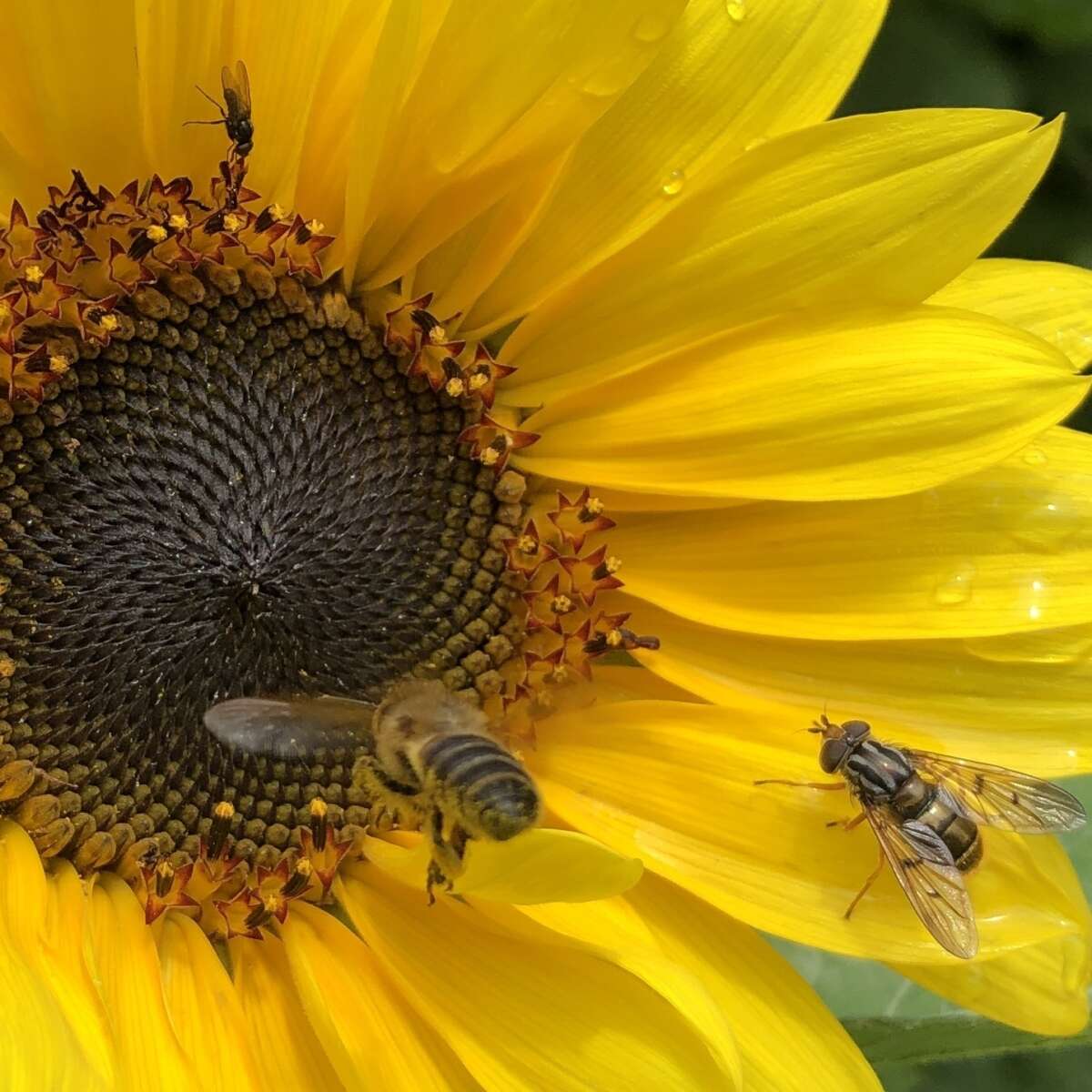UK rivers heavily contaminated by pesticides

Two of the rivers, the Waveney between Norfolk and Suffolk, and the Tame in the West Midlands, had an “acute level” of pollution, according to tests conducted by the Environment Agency last year. Neonics are used by farmers and are known to threaten bees and other pollinators. Although some were banned on 2013, the ban only exists on flowering crops, such as oil seed rape. A vote is expected soon within the EU on whether to extend the ban.
In total, half of the sites monitored in England exceed chronic pollution limits, including the Great Ouse in Bedfordshire, the Ancholme in Lincolnshire and the Wensum in Norfolk. Conducted last year, this is the first systematic testing of neonics in rivers in Britain. Aquatic insects are just as vulnerable to insecticides as bees and other pollinators. It is therefore likely that mayflies, dragon flies and other insects in these rivers are heavily impacted, and that has serious implications for fish and bird populations.
Concerns are raised about the levels of one particular neonic, imidacloprid, recorded in urban rivers and a remote Scottish stream in the Cairngorms. Imidacloprid is now a rare arable insecticide, but its high persistence in soil means that it will continue polluting water in arable areas for years to come. However, it is still used in greenhouses, which are known to be a particular pollution risk to water bodies, and it is used as a flea treatment on pets. The most likely source of pollution in the Cairngorms is a treated dog entering the stream.
“We are devastated to discover that many British Rivers have been heavily damaged by neonicotinoid insecticides," says Matt Shardlow, CEO of the charity Buglife. "It is vital that action is taken to completely ban these three toxins, including in greenhouses and on pets, before another year of disgraceful pollution occurs.”
See here for further information on the polluted rivers, gathered from the Environment Agency by Buglife. And here for further information on neonics.